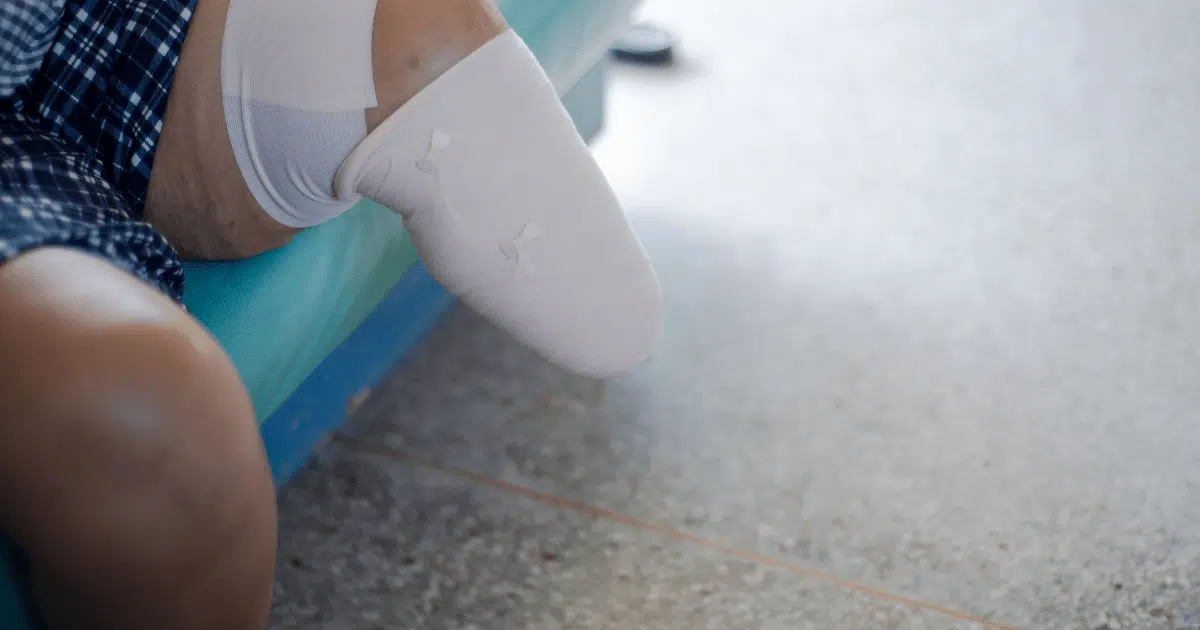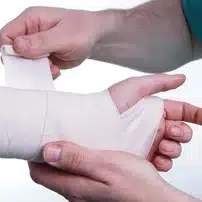Losing a body part in a car accident is devastating. However, with a caring support team and rehabilitation, the injured person can begin to heal. According to the National Limb Loss Information Center, there are about 1.7 million people who are living with limb amputations in the United States. There are several reasons why someone has a limb amputated, such as cancer, diabetes, or vascular disease. However, according to the National Limb Loss Information Center, car accidents cause almost 45 percent of all amputation injuries.
If you have an amputation injury that was caused from a car accident, you may have legal options. It is important to consult a lawyer if a negligent driver caused your catastrophic injury.
Why Is Amputation Sometimes Necessary?
Although the loss of a limb may happen in a car accident, there are other reasons that can lead to an amputation following a collision. It is important to remember that amputations are generally rare. A doctor may decide it is necessary to amputate a body part because of the following:
- Risk of infection: With an amputation, there is a risk of infection. There is dirt, debris, and chemicals that could get into the injured area. In order to prevent the infection from spreading, the doctor may recommend amputating the part that is infected.
- Lacerations: In a car accident, a person may suffer a laceration so deep that it mangled bones or nerves to the point that the body part is irreparable.
- Crush injuries: These injuries happen when sheer force from either impact or the weight of an object crushes muscles and bones. To prevent more harm, a doctor could recommend amputating the affected part.
What Complications Could Happen?
Not only can an amputee suffer from long-term psychological issues and mounting medical bills, but there are health complications that could occur, such as:
- Phantom limb: This is a common complication after an amputation. Some patients suffer phantom limb pain. The person may feel pain or sensations in the area where the leg or arm was amputated.
- Necrosis: This occurs when surrounding tissues die and become gangrenous.
- Muscle weakness: When a limb is gone, the surrounding muscles have to make up for the lost muscle, leading to muscle weakness or stiffness.
- Deep vein thrombosis: This is when an amputee is immobilized for an extended period of time, where there is now a risk for a blood clot.
One of the major complications is the psychological damage that will likely occur, which can be life-long. Reliving the moment might happen because losing a limb is traumatic, which could lead to post-traumatic stress disorder (PTSD).
The sudden adjustment to a life without a limb can be distressing for anyone. Amputees also require expensive prosthetic equipment, medications, physical therapy, and may need additional surgery, all of which could cause more depression and anxiety.
What Are Possible Therapies?
The road to healing after an amputation will be long and arduous, but you will not go through it alone. After the initial surgery, amputees might need time to recover in the hospital for a few weeks, with the amputated area likely elevated to reduce swelling. The healing will continue when the patient returns home, as it could take four to eight weeks for the surgical wound to completely heal. A properly healed wound will help when fitting for a prosthetic.
An amputee patient will likely receive treatment in the form of the following:
- Physical therapy.
- Occupational therapy.
- Counseling or psychological treatment.
- Rehabilitation services.
When the patient returns home, rehabilitation will likely start after a few days. An occupational therapist may even come to the home and suggest handicap equipment to be installed to help with the adjustment, such as a wheelchair ramp or wider doorways. The doctor will likely prescribe medications as well, some for pain management and others to prevent infection. The patient will likely be assigned a medical team to monitor them, and they will adjust treatments, rehabilitation, or medications to ease the adjustment process.
Physical therapy is focused on the patient strengthening muscles around the amputated area. If a prosthetic is prescribed, rehabilitation services combined with physical therapy will help the patient adjust. Daily exercises will likely be prescribed as well to help the patient adapt to a new routine.
Psychological therapy will be just as important because losing a limb is traumatic. The amputee must be upfront and open with their rehabilitation team.
Wilmington Car Accident Lawyers at Rhoades & Morrow Help Clients Who Have Accident-Related Amputation Injuries
Although amputation injuries are common, they are devastating. If you have an amputation injury that was caused from a car accident, you may need a legal advocate on your side. Our Wilmington car accident lawyers at Rhoades & Morrow can help you explore your legal options. Call us today at 302-407-0827 or fill out our online form for a free consultation. We are located in Wilmington, Bear, and Milford, Delaware, and we serve clients throughout Middletown, Dover, Milford, Lewes, Rehoboth, Elsmere, and Seaford.





